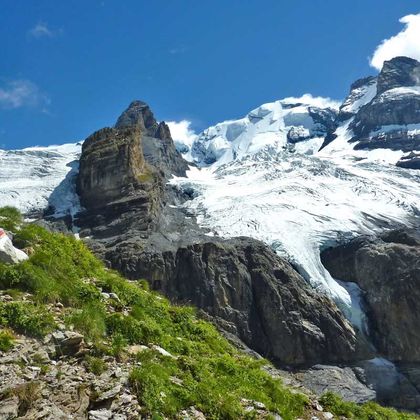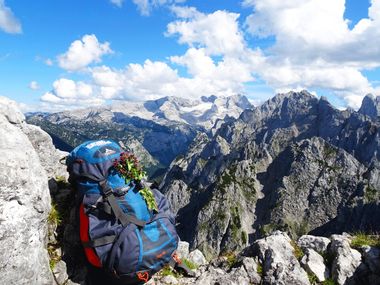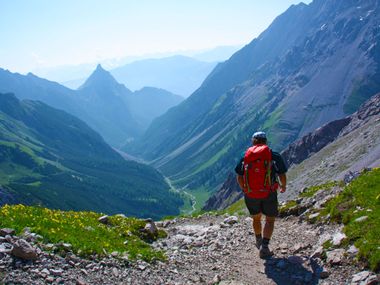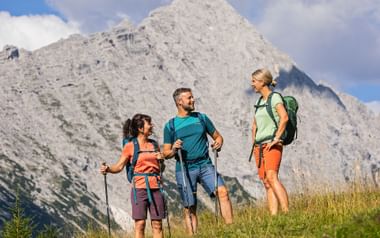Whether hiking in Austria, Scandanavia, Portugal or another region. None are the same. Especially not when it comes to climate. Eurohike tip: Before you start the hike, make sure you know the climate zone of your travel destination! In the temperate zone? The cold zone? And most importantly: research how many metres above sea level the mountain sits.
If you are aware of the difference in temperature between the summit and the valley before the hike, then you have a clear advantage when you start your mountain tour. Why? All this valuable information will help you to choose the right clothing. The climate can also be critical when it comes to calculating the expected hike duration, desired altitude and personal fitness. Accordingly, the motto is: research and inform yourself!
Have we piqued your curiosity? The Eurohike team will tell you in detail what to look out for when hiking in mountain climates!







